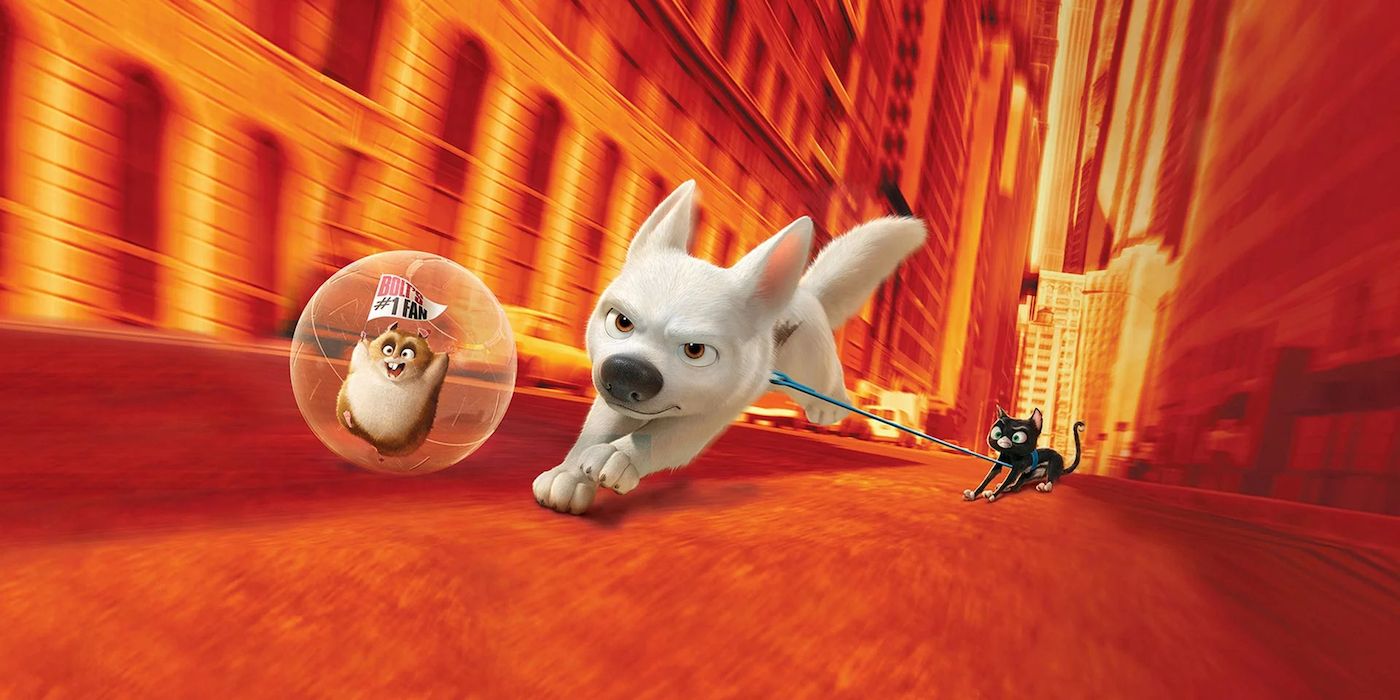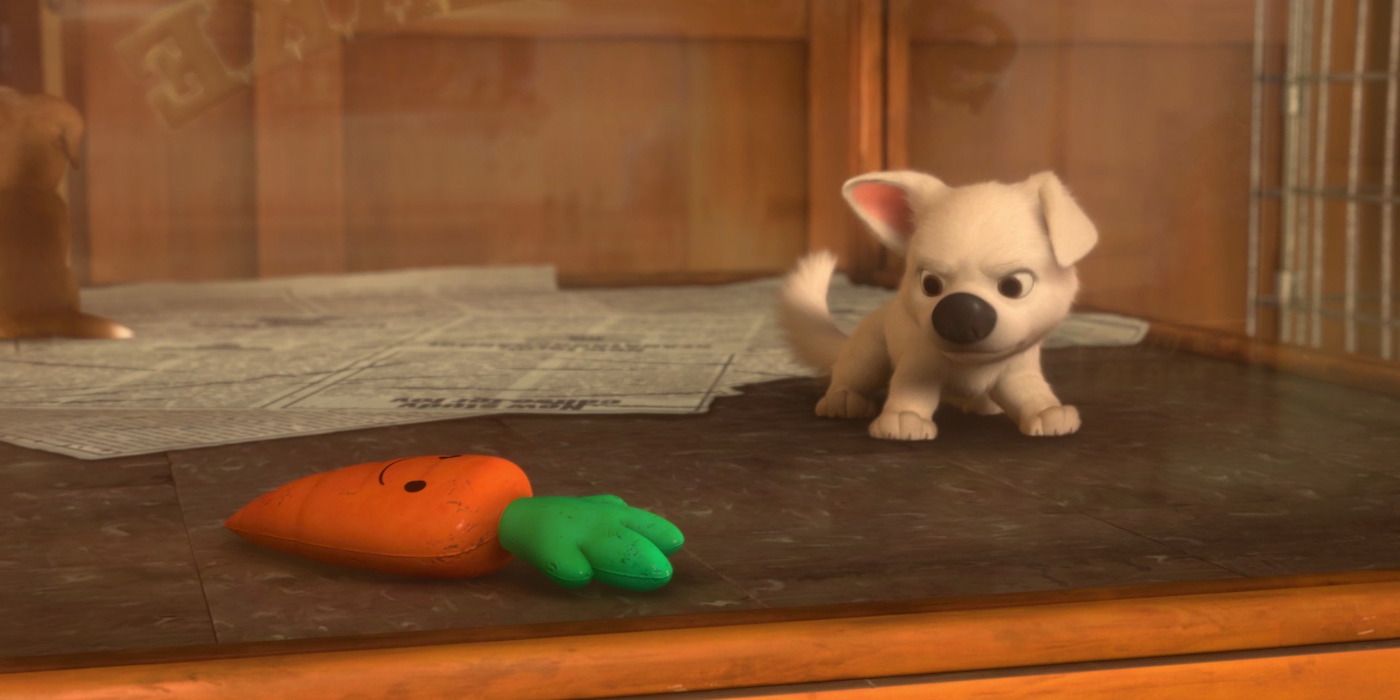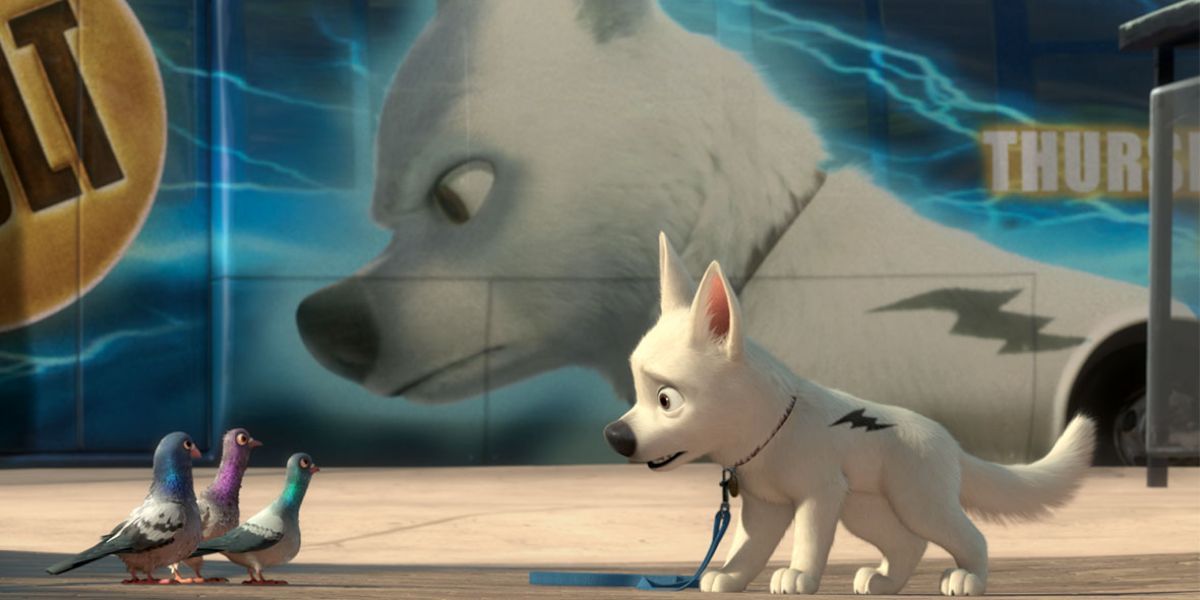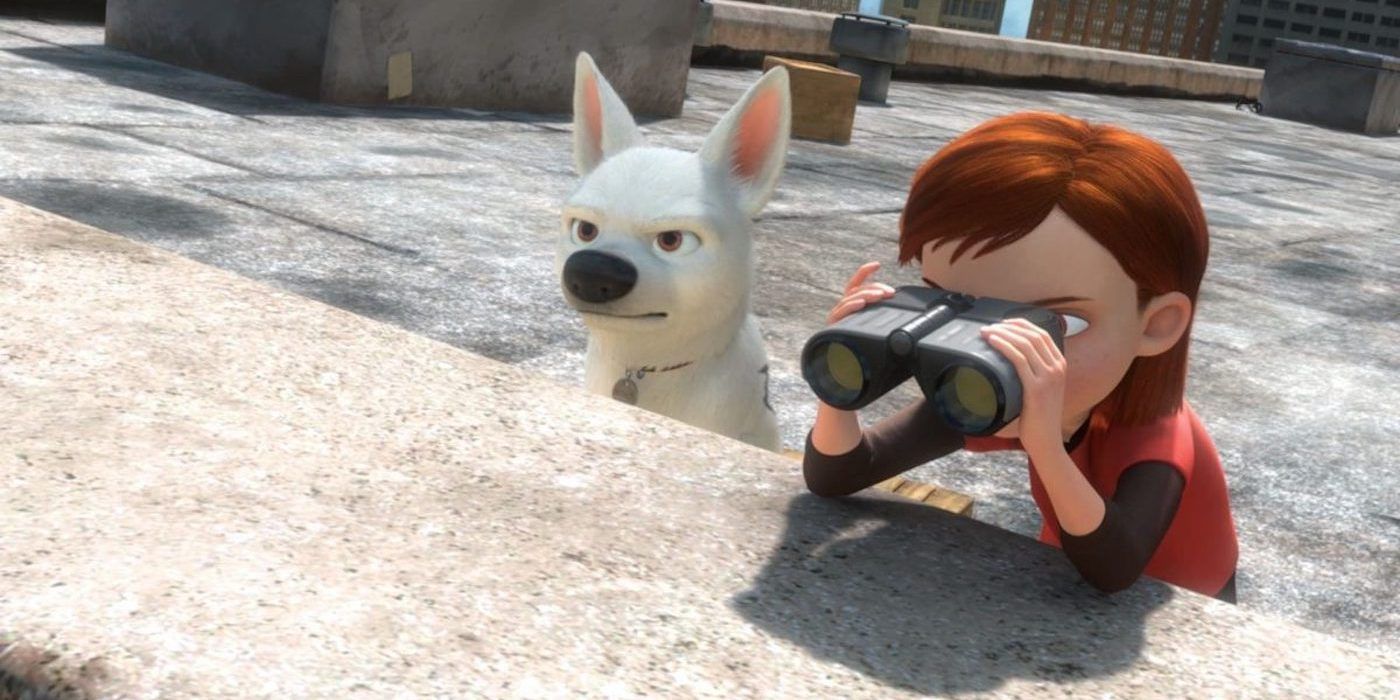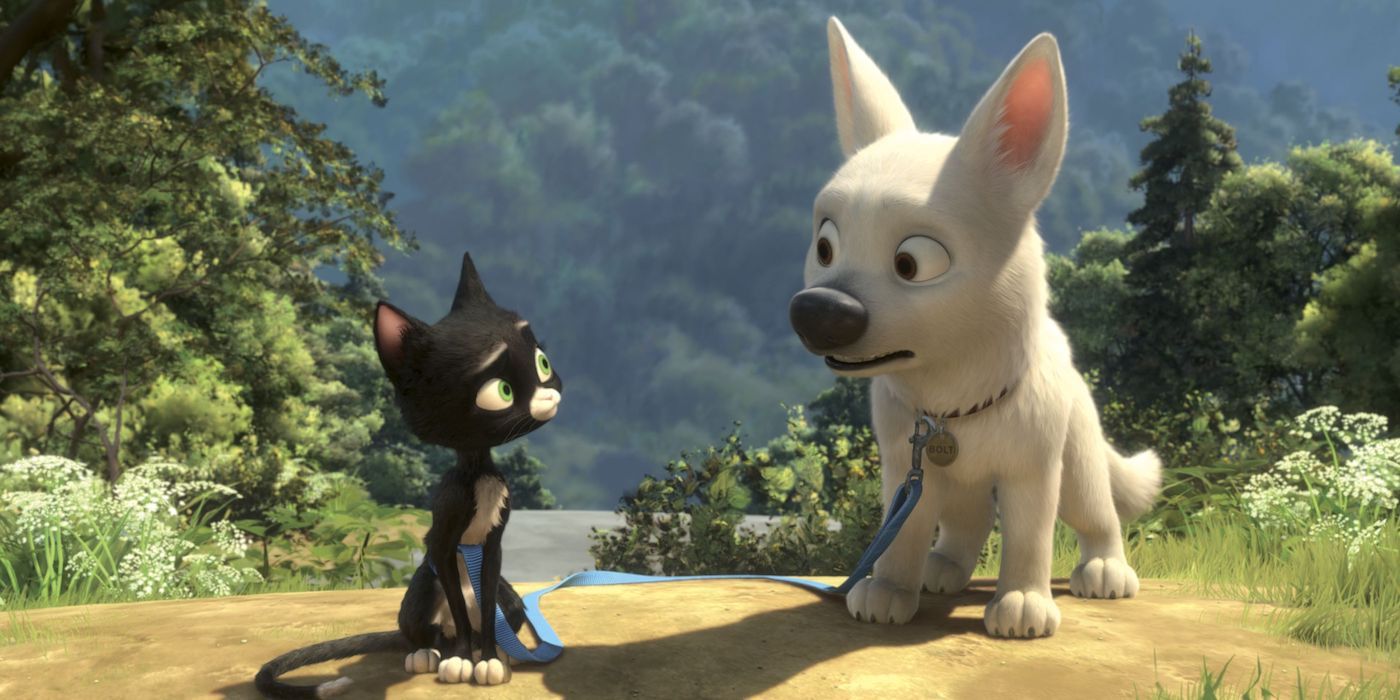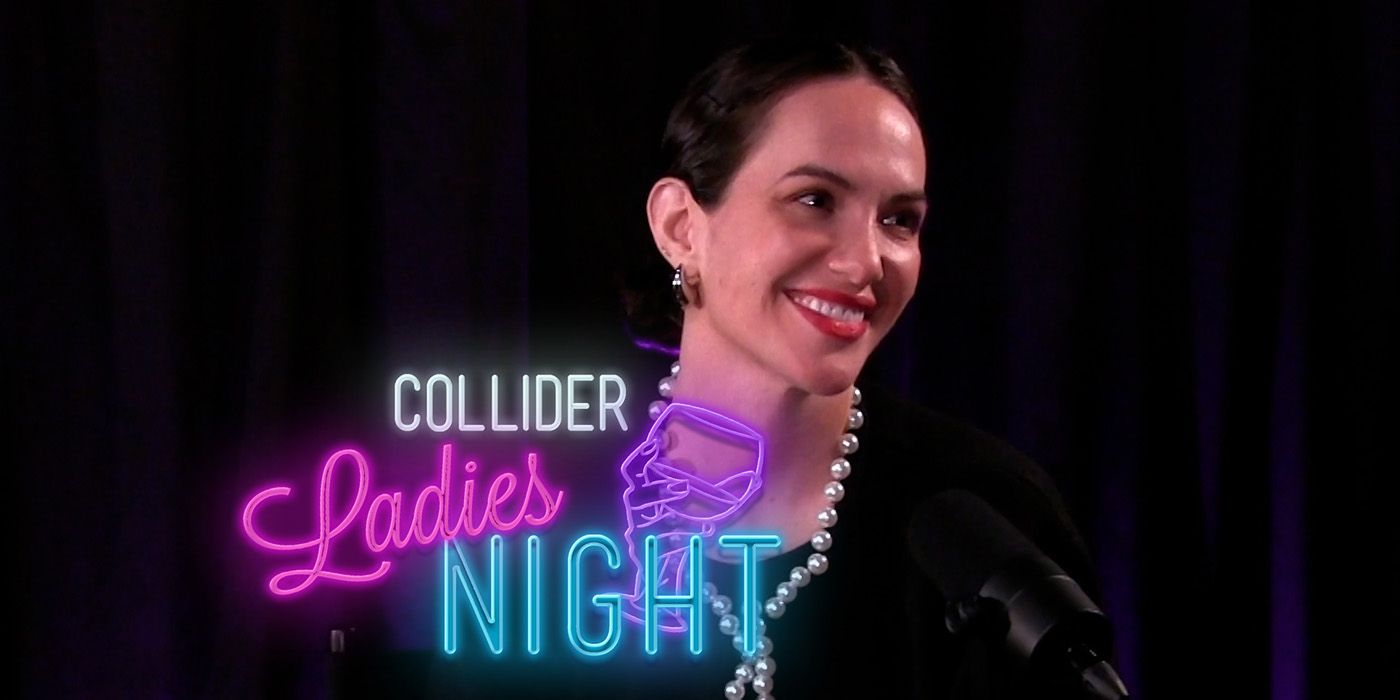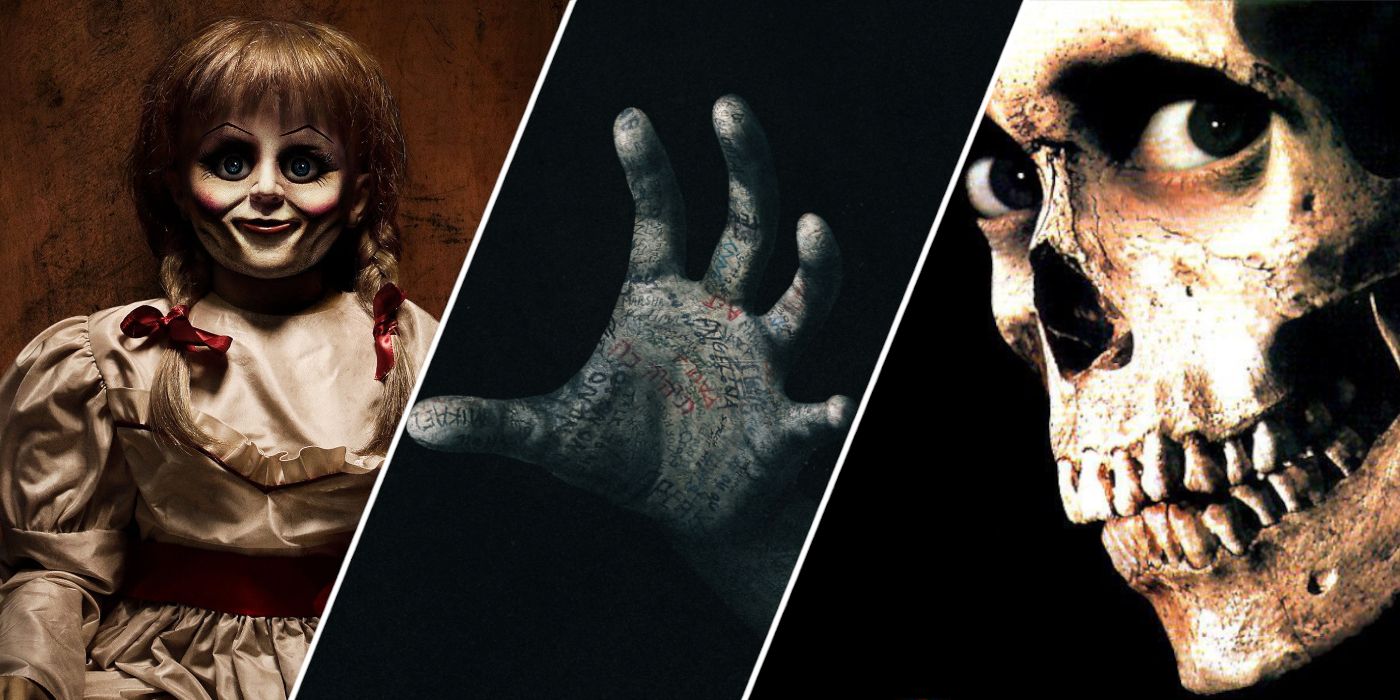The Big Picture
- Bolt marked a turning point for Walt Disney Animation Studios, embracing road trip and character-focused storytelling influenced by Pixar’s successes.
- The film prioritized simplicity and restraint, eschewing the loud and crowded approach of previous Disney Animation projects, and focusing on timeless humor.
- Bolt showcased new digital animation technology and introduced future Disney Animation filmmakers Chris Williams and Byron Howard, setting the stage for the studio’s future hits.
The history of Walt Disney Animation Studios is one full of extreme highs, but also equally precarious lows. You cannot have your Frozen or The Jungle Book without also going through titles like Home on the Range or The Black Cauldron. In 2008, Walt Disney Animation Studios was in the middle of those dark times, with the outfit being constantly outmatched by fellow Disney entities Pixar and other animation entities. John Lasseter and Ed Catmull, leaders of Pixar Animation Studios, were installed as the heads of this division in 2006 in the wake of Disney purchasing Pixar in the hopes that they could turn this label around. One of the first titles released under their watch was the story of a Hollywood hound by the name of Bolt.
Bolt
The canine star of a fictional sci-fi/action show that believes his powers are real embarks on a cross country trek to save his co-star from a threat he believes is just as real.
- Release Date
- November 21, 2008
- Director
- Byron Howard, Chris Williams
- Cast
- John Travolta, Miley Cyrus, Susie Essman, Mark Walton, Malcolm McDowell, James Lipton
- Rating
- PG
- Runtime
- 96
- Genres
- Animation, Adventure, Comedy, Family, 3D
Technically, Bolt’s story began long before Lasseter and Catmull ever conceived of coming to Disney Animation. Originally, the project was meant to be American Dog and directed by Chris Sanders, one of the two filmmakers behind Lilo & Stitch. Creative disagreements between Sanders and the new Disney Animation brass led to the project getting overhauled into Bolt. Nobody will ever know whether or not the original vision of Sanders would’ve been superior to the movie we got. What is certain though is that, in hindsight, Bolt was, much like the 2007 Disney Animation project Meet the Robinsons, a tease that a new Disney Animation era was just around the corner.
How Did ‘Bolt’ Herald Disney Animation Getting Out of its Funk?
It’s the kind of observation that would’ve been novel only in a JimHillMedia comment section circa. 2007, but the rejiggered plot for Bolt certainly bore more than a passing resemblance to other Pixar movies. While American Dog was also a road trip movie, Bolt embracing that genre under the leadership of Lasseter reflected how road trip stories had worked so well for Pixar in the past (see: Finding Nemo, Toy Story). Meanwhile, the predicament of canine actor Bolt thinking he’s actually the superpowered dog that he plays on TV is heavily reminiscent of Buzz Lightyear’s character arc from the initial Toy Story. In some ways, Bolt was looking to revive Disney Animation by taking key cues from Pixar titles (right down to a California pigeon character name-dropping Finding Nemo).
However, other creative impulses of Bolt are less reminiscent of Pixar titles and seemingly more out of a wise recognition of what wasn’t working with 2000s Disney Animation titles. In 2008, animator Andreas Deja remarked on the then-upcoming The Princess and the Frog (the next Disney Animation title after Bolt) that, for this return to 2D animation, the artists were looking to keep things simpler and more streamlined compared to other animated projects Disney had undertaken in the 2000s. This approach also seems to have been applied to Bolt on a storytelling level. The plot is largely focused on just a trio of animal characters, further supporting players are kept to a bare minimum. The exploits of those critters are firmly grounded in reality and even the big finale involves a soundstage catching fire rather than something apocalyptic.
Compare the scope of Bolt to the scale of earlier 2000s Disney Animation projects like Dinosaur, Atlantis: The Lost Empire, Chicken Little, or Home on the Range. These were all titles desperate to grab the attention of audiences with lots of explosions and a deluge of scene-stealing side characters. In the process, though, such films came off as needlessly loud and crowded. They lacked heart underneath all the spectacle while there was nary a dramatically involving figure to be found among their sprawling casts. Even the 2007 feature Meet the Robinsons was packed with members of the titular family. Bolt, by contrast, kept itself restrained, placing more of an emphasis on characters than fight scenes or shoehorning in marketable figures like Morkupine Porcupine.
There was also a willingness in Bolt to be more timeless compared to other Disney Animation titles of this era, particularly compared to the first CG-animated film from the label, Chicken Little. That title had featured extensive tired references to projects like The Empire Strikes Back and Raiders of the Lost Ark, while even a period-piece Western like Home on the Range made room for dialogue-based references to Spirit: Stallion of the Cimmaron. This was a popular trend in the 2000s thanks to the pop culture-savvy nature of Shrek, but it just resulted in a barrage of American animated movies that would be comedically incomprehensible just a few years after they opened. Bolt opted for standalone gags that didn’t lean on pop culture of the past, a welcome sign that Disney Animation was no longer just trying to mimic the lightning-in-a-bottle success of Shrek.
The Importance of ‘Bolt’s Animation and Creative Team
Under Lasseter’s leadership at Disney Animation, this label committed full-time to CG-animated films. While there were initially promises of Lasseter’s era of Disney Animation ushering in a new golden age of 2D animation at the studio, the box office underperformance of titles like The Princess and the Frog and Winnie the Pooh ensured that the artform would quickly go into hibernation during Lasseter’s tenure. However, Disney Animation’s CG exploits have often taken pronounced cues from the studio’s massive legacy in 2D animation, most notably with the 2023 title Wish and its animation style evoking painterly images. That trend began, believe it or not, with Bolt.
The animation team on Bolt created new technologies that built upon prior digital innovations at Disney Animation (namely the “Deep Canvas” tech used on titles like Tarzan) to create backgrounds for the film that suggested a painterly influence. This allowed objects in the distance of any given frame to occasionally take on impressionistic qualities, a feat the animators relished given how CG is often used to iron out the imperfections or ambiguity in objects. This technology would get refined and pushed further for subsequent Disney Animation projects like Tangled, but with Bolt, a precedent was established. 2D animation would tragically be put on the back burner at Disney Animation a few years after Bolt’s release, but this 2008 film at least ushered in a new age of digital technology emulating animation’s past.
Then there was the team that worked on Bolt. Only the second feature from Walt Disney Animation Studios made under its new leadership, Bolt was a chance to establish new filmmaking voices for a new era of the company (the first feature in the Lasseter era, Meet the Robinsons, was helmed by Stephen J. Anderson, who was hired long before the regime change). The two folks tasked with taking Bolt to the finish line would end up becoming important figures in the neat-future exploits of Disney Animation. The first of those filmmakers was Chris Williams, who would go on to helm Big Hero 6 and one of the co-directors on Moana. Paired with Williams was Byron Howard, who has stealthily become a Disney Animation legend in the last 15 years.
Residing in Disney Animation since the mid-90s, Howard had no directorial experience of any kind prior to Bolt, not even on a short film or animated TV program. However, after taking on this project, Howard would go on to helm another beleaguered Disney Animation production, Tangled. That smash hit propelled Howard to a new level of agency in the studio with this filmmaker getting to conjure up original ideas for his next directorial efforts, Zootopia and Encanto. Those subsequent hits have ensured that the imagination of Howard is incredibly important for Walt Disney Animation Studios and were all built on the filmmaking skills he built up on Bolt. Interestingly, this 2008 feature also established Howard’s fascination with stories concerning characters who come to terms with reality being vastly different from the vision of the world they were raised with. Rapunzel in Tangled must grapple with exploring a world she’s been told is dangerous her whole life. Judy Hopps has an idyllic vision of the titular location of Zootopia that’s far from accurate. Mirabel’s interpterion of the various members of her extensive family in Encanto is way off from their internal desires. Howard is clearly enamored by the dissonance between how we see the wider world and how it actually functions. Such a fascination all began with a Hollywood canine who had to come to terms with the idea that he’s not a super-powered critter.
‘Bolt’ May Not Have Been a Masterpiece, but It Set The Stage for Disney Animation’s Future
Nobody today will likely dub Bolt a masterpiece. It’s not that the film is deeply flawed, it’s just not an especially idiosyncratic or amazing feature. In hindsight, one could even see its existence as being about fulfilling obligations to deliver an animated Disney title about a canine to marketers in time for Thanksgiving 2008 once American Dog went belly-up more than anything else. On the other hand, Bolt’s existence did help usher in some key tenets of a new age of Walt Disney Animation Studios. Chiefly, it inspired fresh perspectives on how CG animation at the Mouse House could connect to the studio’s past and gave Byron Howard his first major directorial effort.
Plus, it helped pivot Disney Animation away from the snarky pop culture savvy exploits of Home on the Range and Chicken Little back towards more traditional pathos-oriented yarns. The seeds that would grow into more ambitious hits like Wreck-It Ralph and Tangled in the years to come were planted right here in the best storytelling impulses of Bolt. That didn’t necessarily make this particular project the kick-off to a new era of Disney Animation greatness like The Little Mermaid decades earlier. But those not-too-shabby feats did allow Bolt to signal that this company would soon get its mojo back.
Bolt is available to stream on Disney+ in the U.S.
Watch on Disney+

